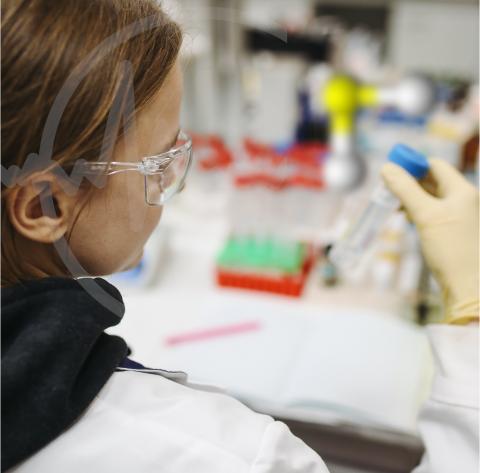Editorial

Editor´s page by Francisco R. M. Laurindo and Flávia Meotti
New faces are a feature of our new Redoxoma Newsletter. We start with the emerging biochemistry of persulfides and hydrogen sulfide and follow on the entirely novel concept of peroxymonocarbonate as a mechanism of peroxiredoxin hyperoxidation in the presence of bicarbonate/ carbon dioxide. And we go on in Shakespeare´s style from "something rotten in the redox kingdom" to "to adhere or not to adhere: this is the question". I believe Prince Hamlet would have loved the dualities of redox biochemistry - as confronted to the dualities of life. Speaking of dualities, we come back once more to scientific publications, with an important statement summary from our colleagues. And we end with a translational dive into the redox pathways of sickle cell anemia. These brief notes highlight the multidisciplinary mood of Redoxoma investigators and the enthusiastic pace of research being developed in the network.
Welcome to the novel issue of the Redoxoma Newsletter !
Francisco R. M. Laurindo¹ and Flávia Meotti², Editors
¹Heart Institute (InCor), University of São Paulo Medical School, Brazil
²Institute of Chemistry, University of São Paulo, Brazil

Add new comment